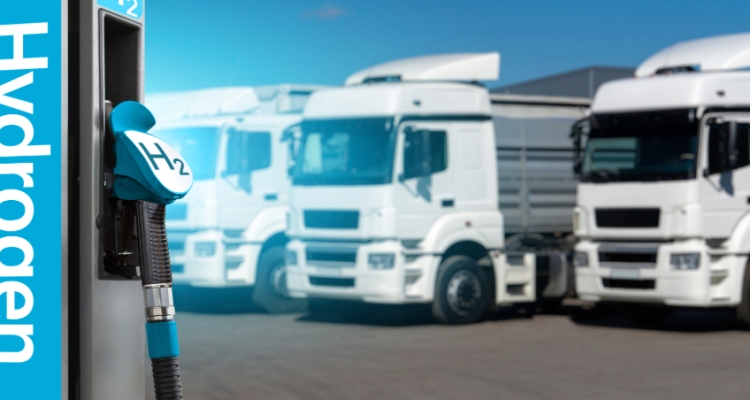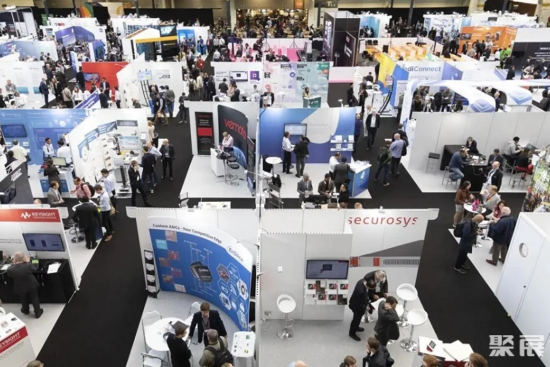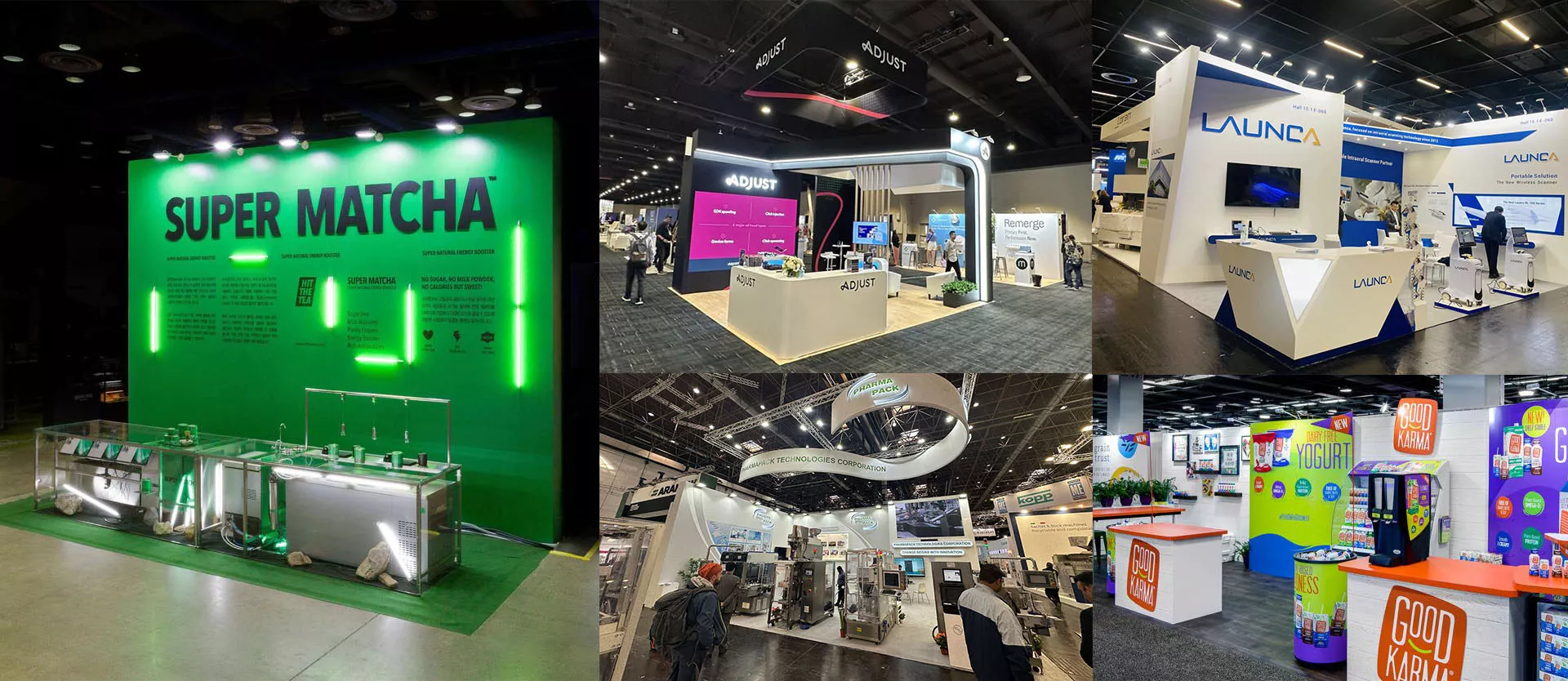Lithium suppliers negotiate tougher terms on price
Lithium buyers and sellers are having important annual supply discussions through 2025 as demand dynamics in the battery industry change. Producers are aiming for better terms after a challenging year for this important battery component. More details on the ongoing negotiations can be found here. Also read: Arkansas could be the future of U.S. lithium production While lithium prices are on track to fall for a second consecutive year, the steep decline seen previously appears to have reached its lowest point. IndexBox data shows that China's lithium carbonate exports in 2023 will be US$518.3 million, and imports will significantly exceed exports, reaching US$6.3 billion. The ongoing negotiations, involving major customers in the cathode, battery and electric vehicle industries, aim to limit discounts previously offered to battery supply chain customers. This strategic focus is intended to be consistent with modest improvements in market conditions over the coming year. Current deals are being discussed at discounts of 0 to 2% to the…
A step towards green logistics…
As the process of decarbonizing ports and terminals accelerates, there is growing interest in battery-powered e-bikes, e-scooters and e-motorcycles as alternatives to traditional diesel-powered vehicles. While these electric vehicles offer a cheaper, cleaner option, cargo handling insurance specialist TT Club warns that integrating them into logistics facilities poses significant safety and operational risks. Also read: Reducing your carbon footprint: How logistics can support green building initiatives Terminal design and traffic management challenges Ports and logistics facilities are primarily designed to accommodate large trucks and heavy equipment. Introducing small battery-powered personal vehicles into these environments poses challenges due to their low visibility and vulnerability. The terminal's traffic layout, road conditions and overall infrastructure are tailor-made for rugged machinery rather than light two-wheeled vehicles. Neil Dalus, risk assessment manager at TT Club, highlighted the inherent dangers posed by terminal surfaces: "Terminal pavements are designed to withstand high volumes and heavy loads and are often subject to wear and tear, resulting in uneven…
Redwood decarbonization could generate $200 million annually…
Redwood's Fall 2024 Logistics Sustainability Report draws on insights from recent research by Gartner and the Boston Consulting Group (BCG) as well as Redwood's own logistics sustainability activities to highlight the growing impact of decarbonizing logistics. Companies are increasingly adopting logistics carbon accounting and management systems (LCAMS) to enhance their greenhouse gas (GHG) tracking, according to Gartner's Market Guide for Logistics Carbon Accounting and Management Solutions, in which Redwood is identified as a representative vendor. A recent study by the Scope 3 Peer Group revealed that 97% of companies believe digital solutions are critical to achieving their Scope 3 decarbonization targets. Also read: EPA allocates $3 billion to decarbonize U.S. ports using clean technology At the event in Redwood, UNVR senior director of transportation strategy Travis Vedral highlighted three key steps for the industry to achieve sustainability without making major technology investments: optimizing routes, leveraging efficient equipment and training employees. “An effective sustainability strategy starts with a team based on…
Hydrogen energy: Why your investment is not on the table
Clearly, hydrogen remains a core pillar in achieving net zero emissions, with hydrogen expected to account for 22% of global final energy demand by 2050. Also read: The growing green hydrogen market: A sustainable energy revolution Hydrogen is particularly effective in hard-to-decarbonize sectors of the economy, such as long-distance transport, because of its naturally abundant reserves and simple nozzle-to-pump filling distribution. With the global fuel cell electric vehicle market expected to be worth $428.7 billion by 2032, forecourt owners would be wise to invest in dedicated hydrogen pumps to future-proof their business. However, the investment also shows a significant financial contribution. Fueling company Dover Fueling Solutions explains why it is a wise decision that will pay off in the long run. How is hydrogen distributed and what is the cost? Hydrogen is transported primarily through three channels: pipelines, high-pressure pipeline trailers, and liquefied hydrogen tankers. Currently, pipelines remain the cheapest way to transport large quantities of hydrogen, with 4,300 km…
Hydrogen energy: Why your investment is not hanging in the balance
Clearly, hydrogen remains a core pillar in achieving net zero emissions, with hydrogen expected to account for 22% of global final energy demand by 2050. Also read: The growing green hydrogen market: A sustainable energy revolution Hydrogen is particularly effective in hard-to-decarbonize sectors of the economy, such as long-distance transport, because of its naturally abundant reserves and simple nozzle-to-pump filling distribution. With the global fuel cell electric vehicle market expected to be worth $428.7 billion by 2032, forecourt owners would be wise to invest in dedicated hydrogen pumps to future-proof their business. However, the investment also shows a significant financial contribution. Fueling company Dover Fueling Solutions explains why it is a wise decision that will pay off in the long run. How is hydrogen distributed and what is the cost? Hydrogen is transported primarily through three channels: pipelines, high-pressure pipeline trailers, and liquefied hydrogen tankers. Currently, pipelines remain the cheapest way to transport large quantities of hydrogen, with 4,300 km…














